Basquiat’s “Defacement”: The Untold Story
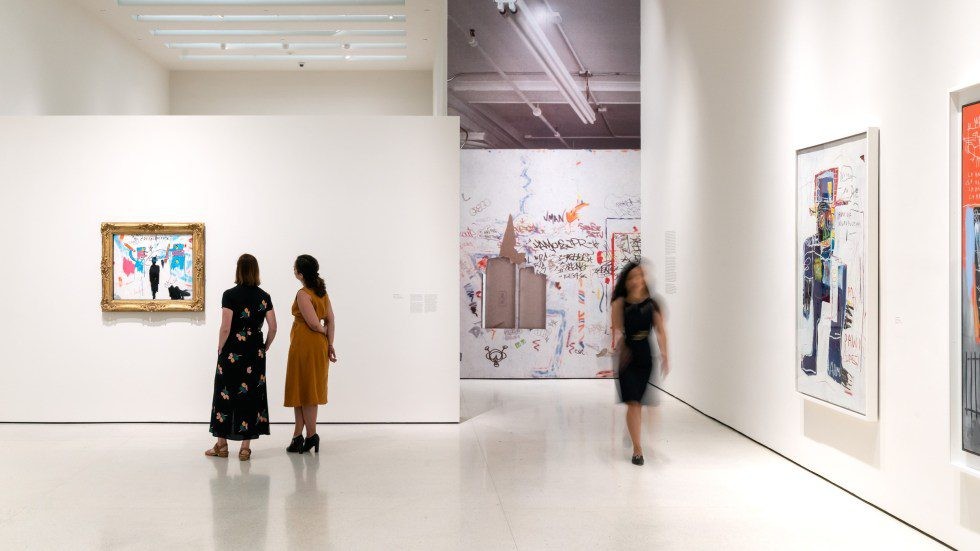
Basquiat’s “Defacement”: The Untold Story
04 July 2019
A tightly focused, thematic exhibition of work by Jean-Michel Basquiat (American, 1960–1988), supplemented with work by others of his generation, will explore a formative chapter in the artist’s career through the lens of his identity and the role of cultural activism in New York City during the early 1980s.
The exhibition takes as its starting point the painting The Death of Michael Stewart (1983), informally known as Defacement, which Basquiat created to commemorate the fate of the young, black artist Michael Stewart at the hands of New York City’s transit police after allegedly tagging a wall in an East Village subway station. Originally painted on the wall of Keith Haring’s studio, the work was not meant to be seen publicly or enter the art market. With approximately twenty paintings and works on paper created in the years surrounding Stewart’s death, this presentation will examine Basquiat’s exploration of black identity, his protest against police brutality, and his attempts to craft a singular, aesthetic language of empowerment. Additional paintings by Basquiat will further illustrate his engagement with police misconduct, while others will demonstrate his adaptation of crowns as symbols for the canonization of historical black figures. Also featured will be ephemera related to Stewart’s death, including newspaper clippings and protest posters, along with samples of artwork from Stewart’s estate. Paintings and prints made by other artists in response to Stewart’s death and the subsequent trial will also be included: Haring’s Michael Stewart—U.S.A. for Africa (1985); Andy Warhol’s screenprinted “headline” paintings from 1983 incorporating a New York Daily News article on Stewart’s death; and David Hammons’ series of stenciled prints entitled The Man Nobody Killed from 1986 are testaments to the solidarity experienced among artists at the time.
The exhibition is organized by Chaédria LaBouvier, Guest Curator.
View more from
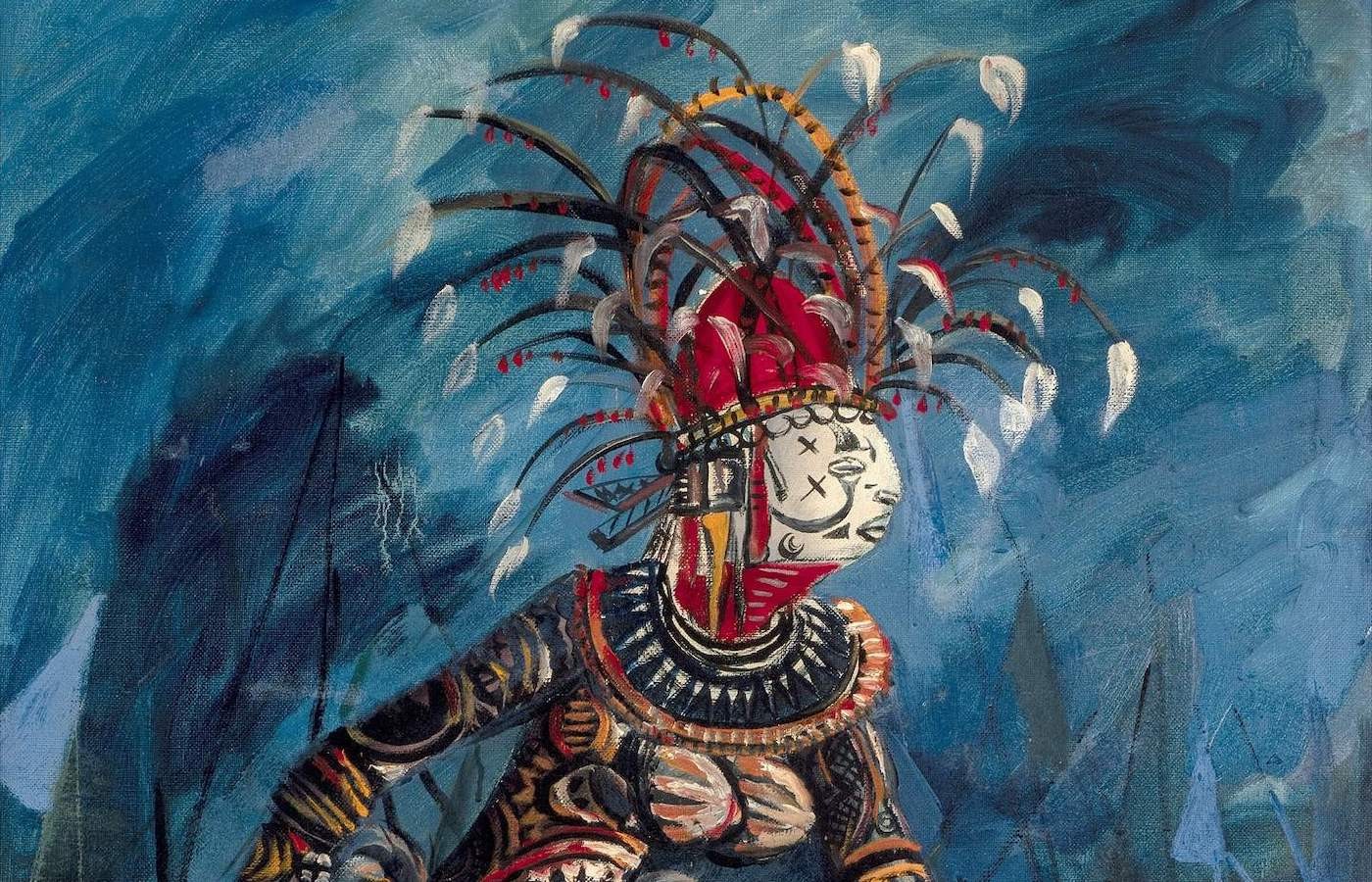
Nigerian Modernism – Group Show
Oct 8, 2025–May 10, 2026
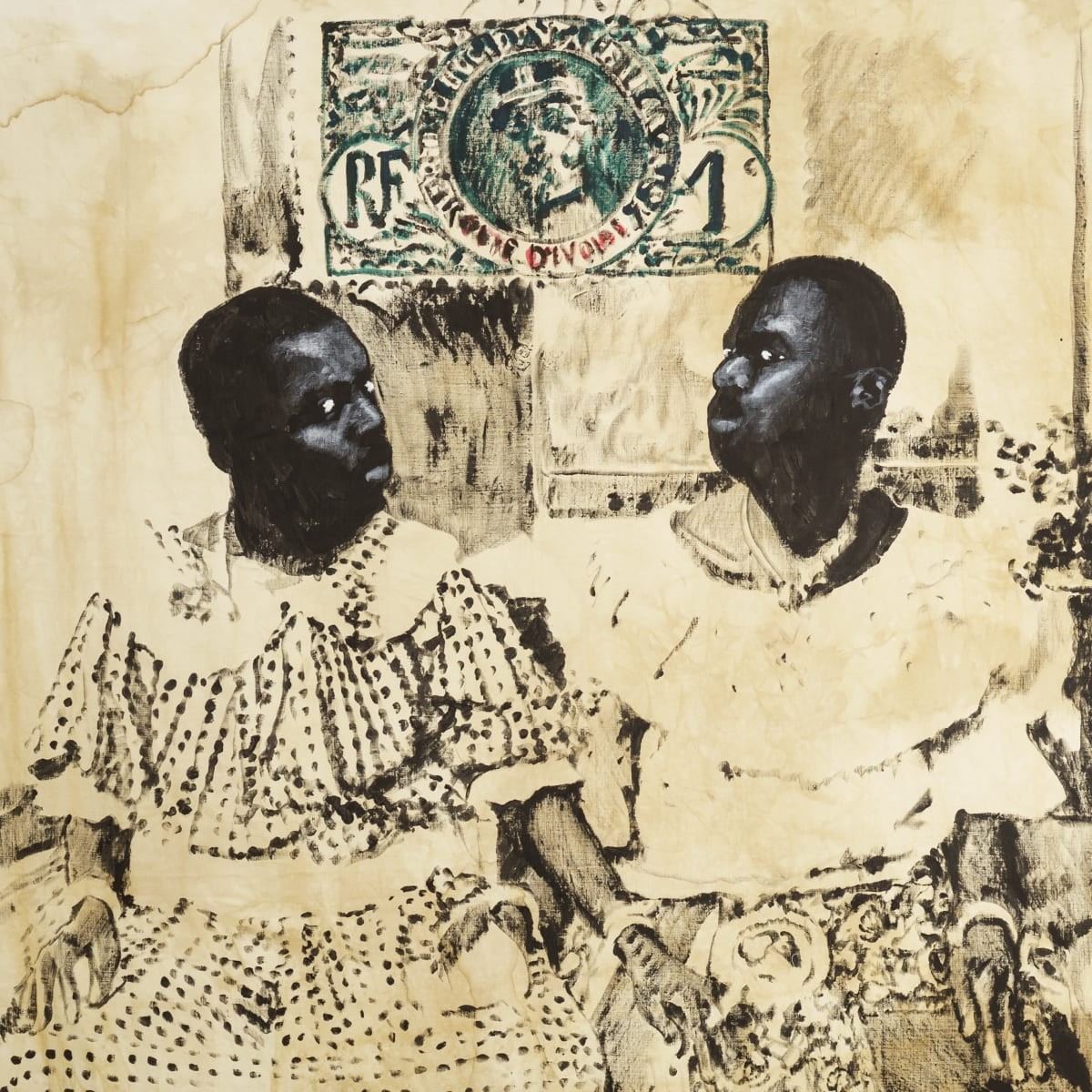
Roméo Mivekannin: Correspondances
Oct 2, 2025–Mar 21, 2026

The Writing’s on the Wall (TWTW)
Sep 13, 2025–Mar 14, 2026
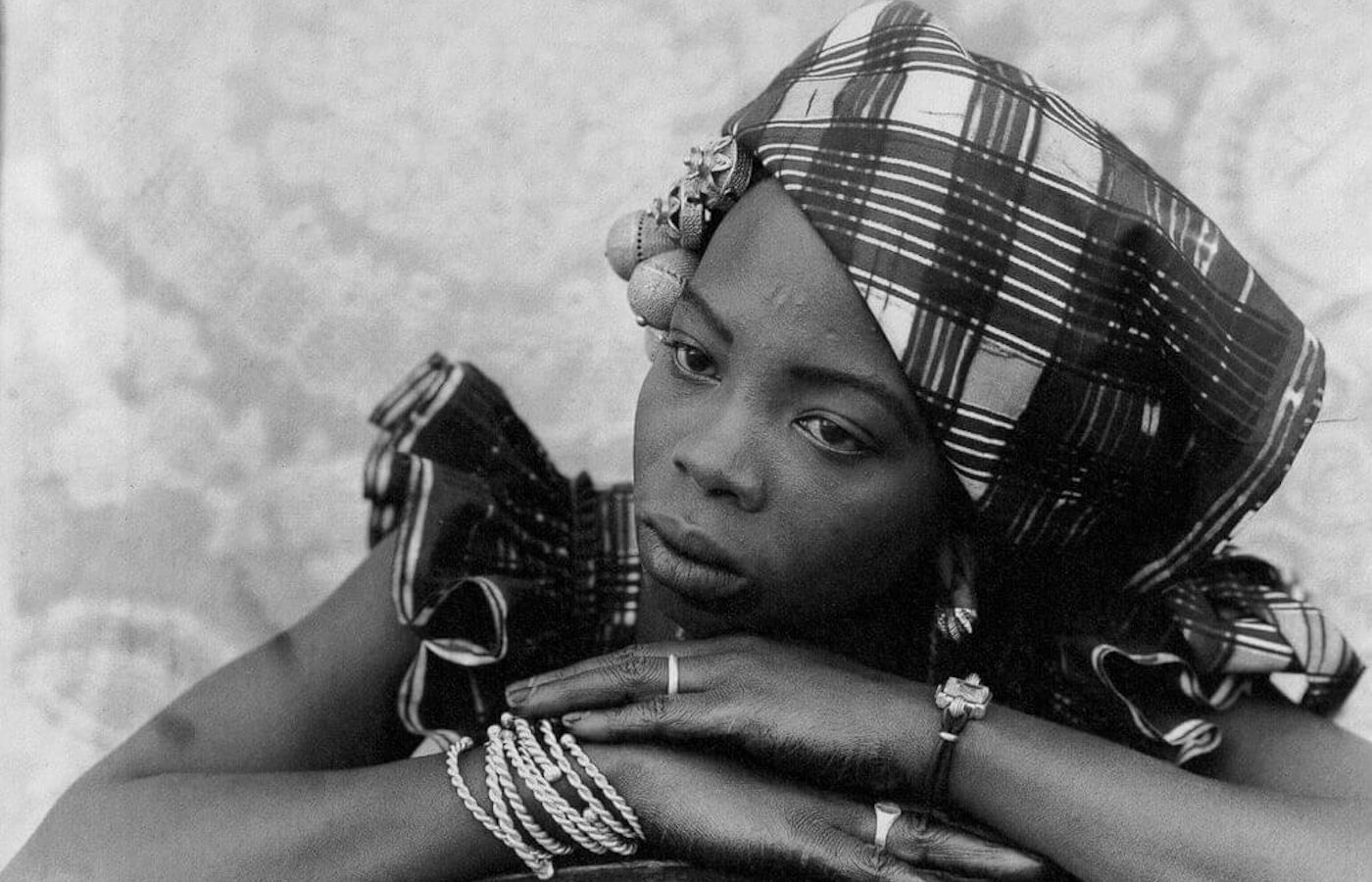
Seydou Keïta: A Tactile Lens
Oct 10, 2025–Mar 8, 2026
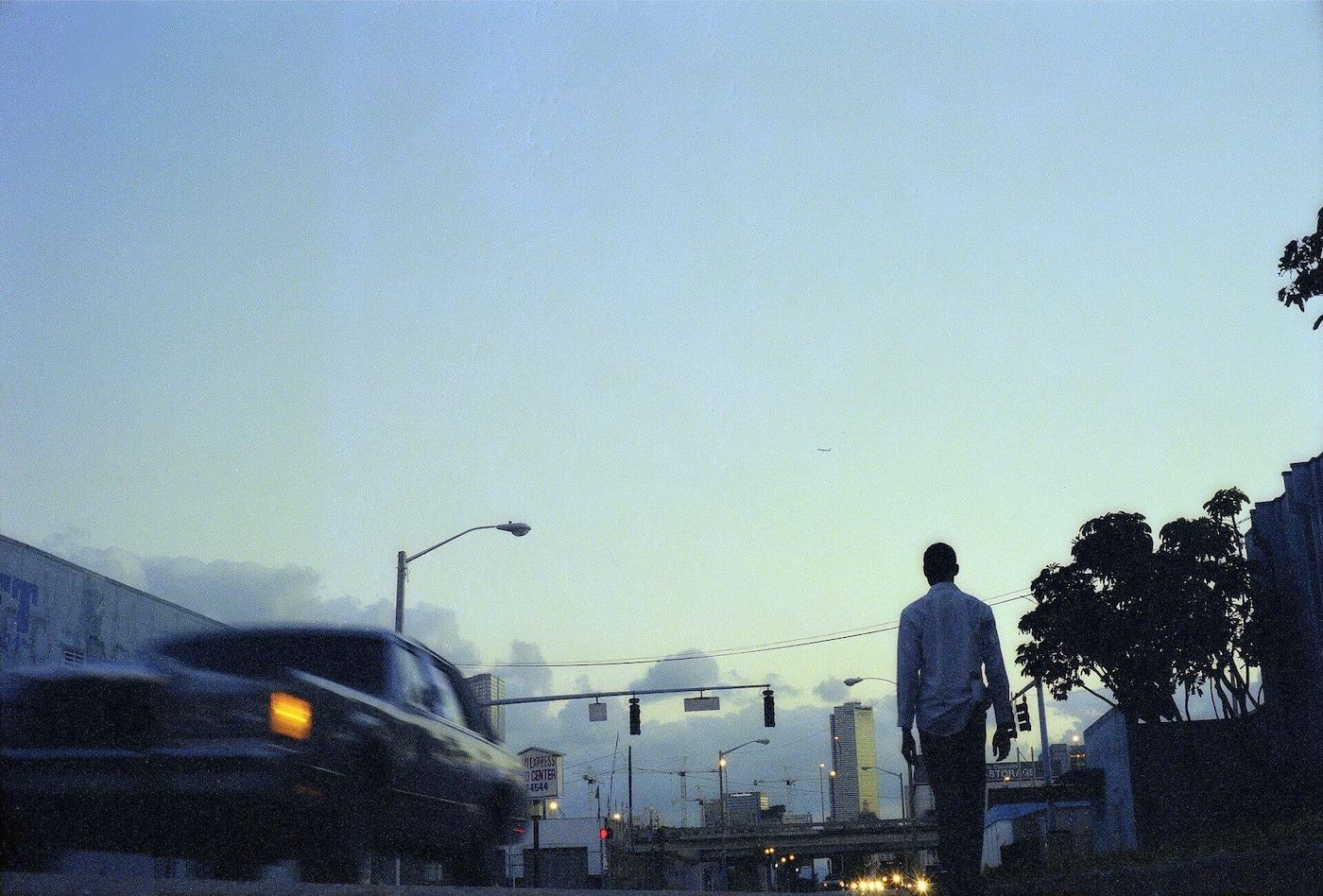
ECHO DELAY REVERB: American Art and Francophone Thought – Group Show
Oct 22, 2025–Feb 15, 2026
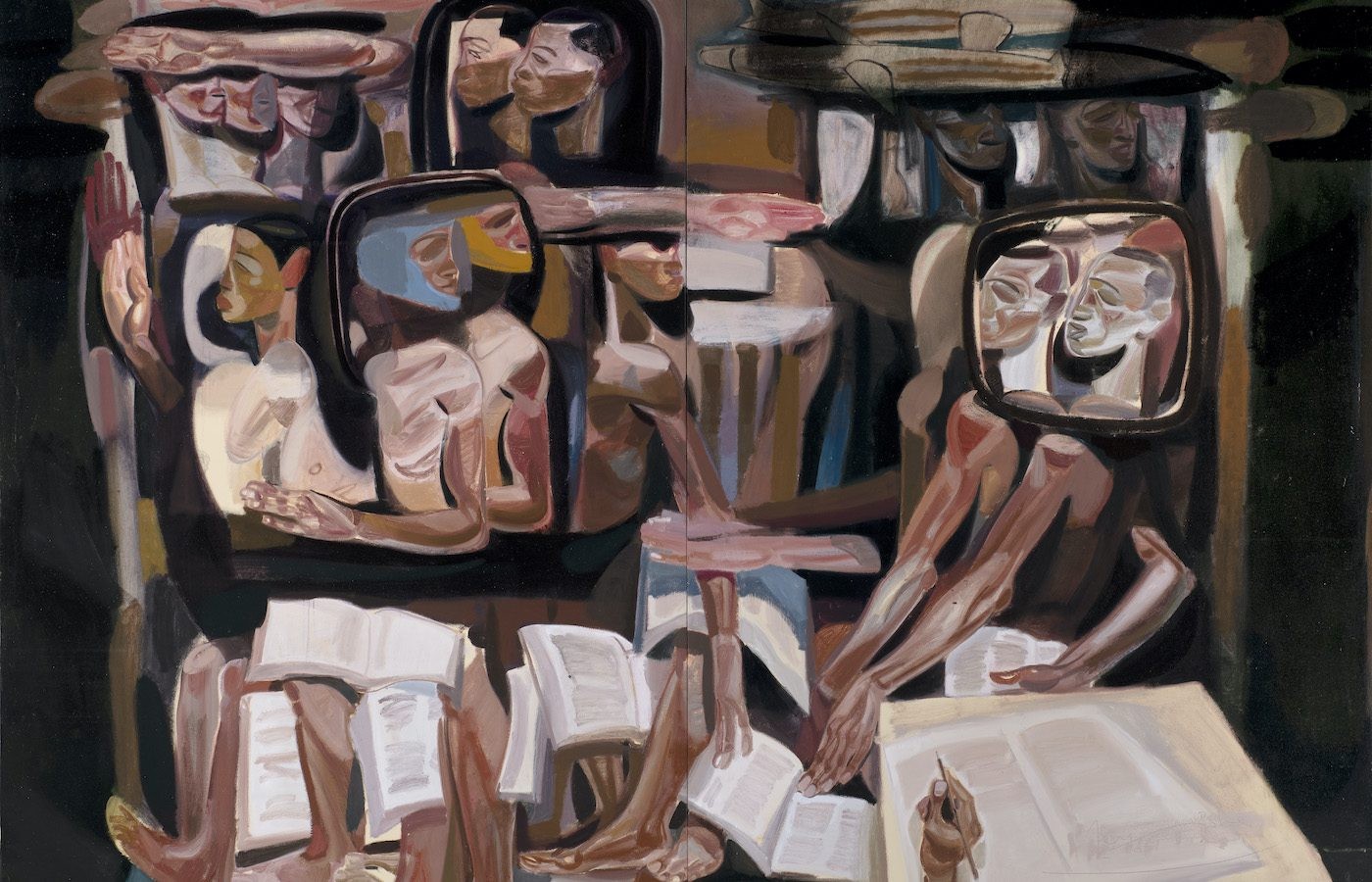
Tesfaye Urgessa: Roots of Resilience
Sep 20, 2025–Feb 15, 2026